Industry information
Company News
- Aluminum veneer: the new darling of architectural aesthetics
- Aluminum veneer customization, creating a new trend of personalized space
- The lightweight secret of honeycomb aluminum plate: as light as a feather, as solid as a rock
- Aluminum curtain wall: the fashionable coat of modern architecture
- Aluminum veneer customization, creating the art of personalized space
Industry dynamics
- The secret of aluminum honeycomb panel: as light as a feather, as solid as a rock
- The transformation of aluminum ceiling: the beauty of simplicity, ready to explode!
- Aluminum veneer new fashion, creating a modern minimalist style
- Anti rust performance test of aluminum veneer
- Application of hollow 3mm aluminum veneer in architectural decoration
Frequently asked questions
- How does the service life of aluminum veneer compare to other exterior wall materials?
- Can aluminum veneer be used in the design of building arch bridges?
- Has the production process of aluminum veneer reduced energy consumption?
- Is the surface treatment of aluminum veneer durable?
- How does the plasticity of aluminum veneer affect building comfort?
contact us
Mobile:+86 15627778610
Email: 2201229786
Address: No. 5 Binjiang Road, High tech Zone, Zhaoqing City, Guangdong Province
Aluminum veneer creates unique texture and style characteristics of modern architecture
- Author: Lesilong Technology (Guangdong) Co., Ltd
- Release time: February 21, 2025 03:25:21
- Click:0
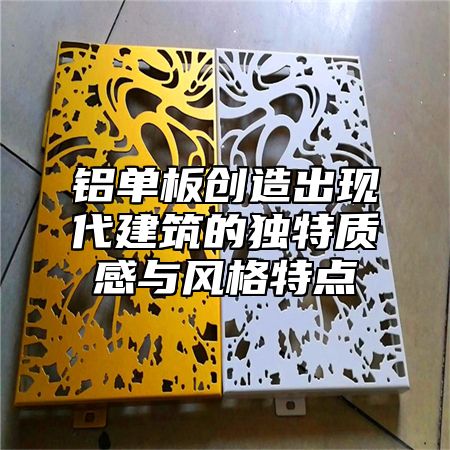
The design concept of modern architecture is increasingly emphasizing innovation and personalization,Aluminum veneerAs a new type of building material, it has the advantages of lightweight, high strength, corrosion resistance, and easy processing, and has become one of the materials that are highly concerned in the current construction industry. In the future, aluminum veneer is expected to achieve outstanding results in creating unique textures and stylistic features of modern architecture, bringing new opportunities and challenges to the development of the construction industry.
1、 Material characteristics
The main component of aluminum veneer is aluminum, which has a low density and therefore has good lightweight characteristics. Aluminum veneer also has certain compressive and tensile strength, which can maintain stability under external pressure and tension. These characteristics make aluminum veneer have excellent plasticity and formability in building exterior walls, which can create various beautiful decorative effects. The production process of aluminum veneer does not produce harmful gases and pollutants such as wastewater, which meets environmental protection requirements.
2、 Surface treatment
Surface treatment is also one of the important means to achieve the unique texture and style characteristics of modern architecture created by aluminum veneer. Aluminum veneer can be surface treated by spraying, anodizing, and other methods to enhance its texture and style characteristics. For example, polyurethane foam and other materials can be used to fill and seal the aluminum veneer, so as to further improve its texture and style characteristics; Alternatively, fluorocarbon paint or other methods can be used to coat the surface of aluminum veneer to improve its durability and waterproof performance. These processing methods can not only improve the texture and style characteristics of aluminum veneer, but also increase its aesthetic appeal and texture, thereby creating unique texture and style characteristics of modern architecture.
3、 Structural Design
Structural design is also one of the important means to achieve the unique texture and style characteristics of modern architecture created by aluminum veneer. Through reasonable structural design, the contact area and connection strength between aluminum veneer and walls can be increased, thereby improving their plasticity and formability. For example, reinforcing ribs and other methods can be used to increase the overall strength and stability of aluminum veneer, or keel support and other methods can be used to increase the connection strength and stability between aluminum veneer and walls. It is also possible to fill some insulation materials inside the aluminum veneer to further reduce its temperature coefficient and maintenance costs.
4、 Application scenarios
The application scenario of aluminum veneer is also one of the important factors in creating the unique texture and style characteristics of modern architecture. Different aluminum veneer products and design solutions can be selected according to different application scenarios to meet the special needs and requirements of customers. For example, thick aluminum veneers can be used in commercial spaces to create unique decorative effects, while also utilizing their excellent sound insulation performance to reduce noise pollution; Alternatively, thicker aluminum veneers can be used in public buildings to enhance the overall safety and stability of the building, while also utilizing their aesthetic appeal and sound insulation performance to improve the indoor environment.
In the future, aluminum veneer is expected to achieve outstanding results in creating unique textures and stylistic features of modern architecture, bringing new opportunities and challenges to the development of the construction industry. If you are looking for a building material that can provide unique decorative material options for your urban architecture to decorate your city building or site, then consider aluminum veneer as an excellent building material option.

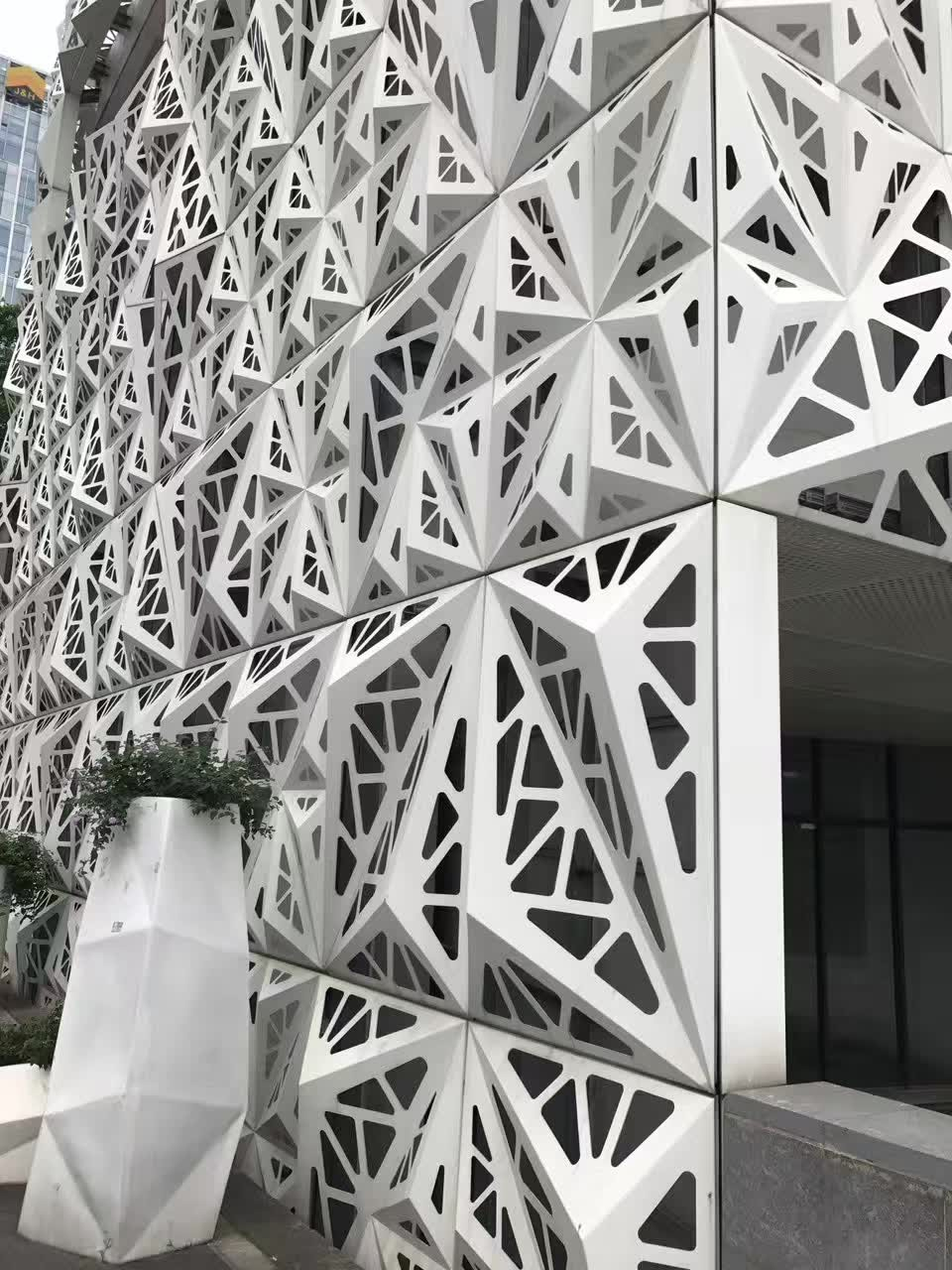
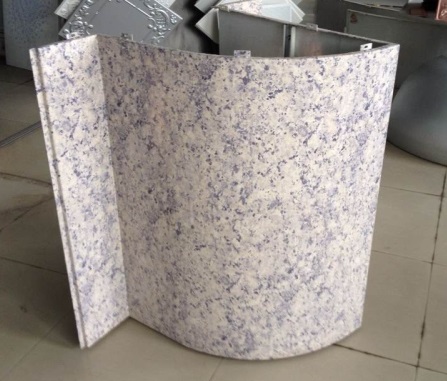
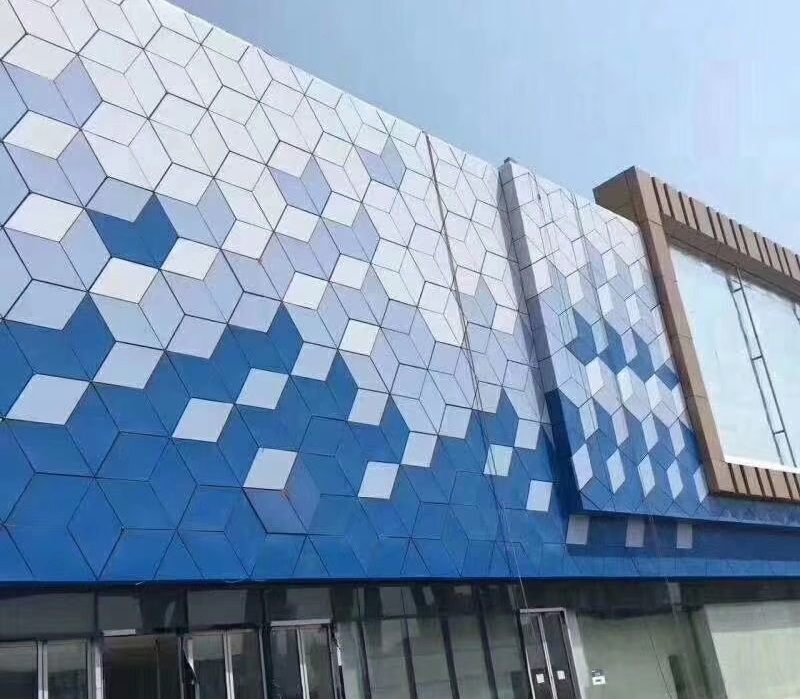
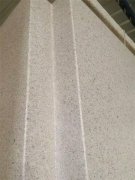
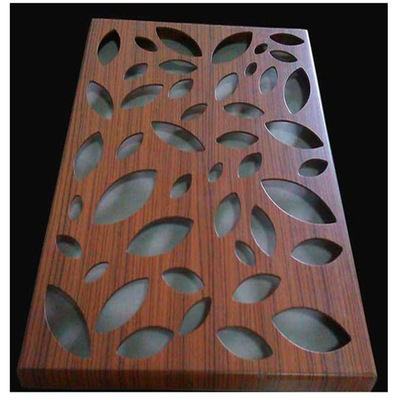
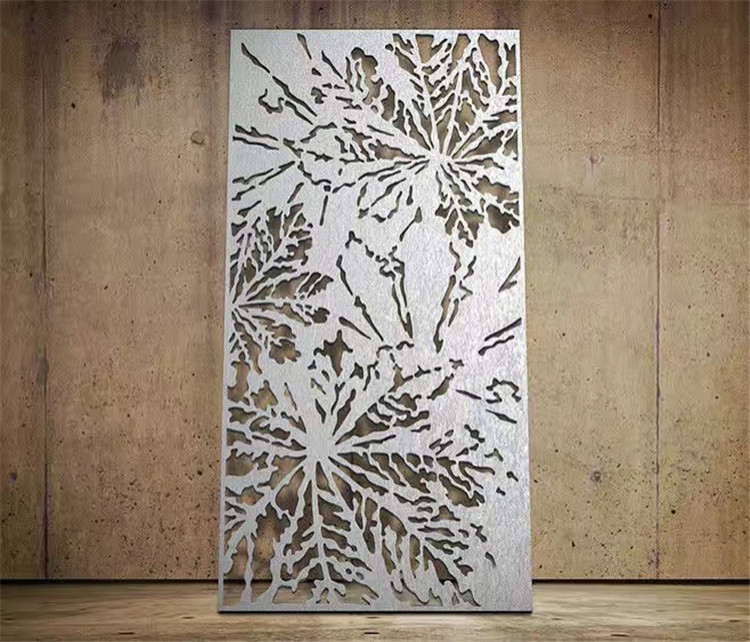
 Customer service QQ
Customer service QQ